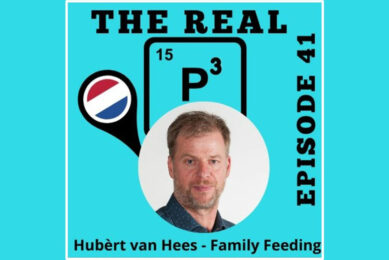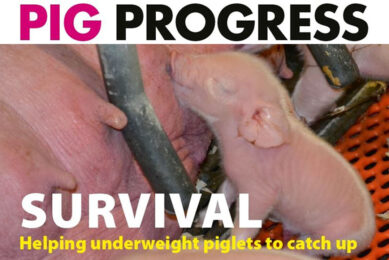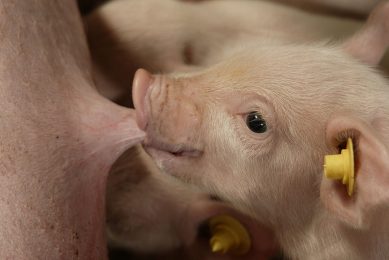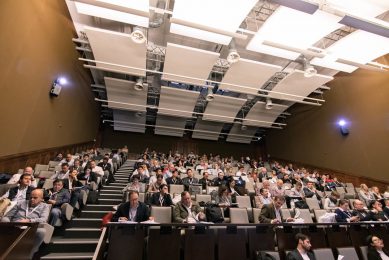Improving sow and piglet feed efficiency key at Lallemand seminar
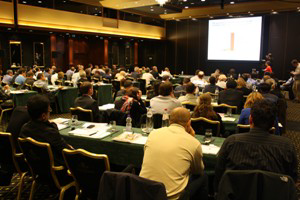
Thinking outside the box around piglet nutrition, trials in Texas and an in-depth study to the effects of endotoxins on agalactica – all were present at Lallemand Animal Nutrition’s fourth international technical meeting, held in Noordwijk, the Netherlands.
It is well documented that yeast products do have beneficial effects on the growth of swine. All over the world, ongoing research is being performed to closely document its exact mode of action, not only in pigs but also in other food animals.
Lallemand focuses on its product Levucell SB, the registered name for its yeast Saccharomyces cerevisiae boulardii (CNCM I-1079). Some of the presentations touched on the effects of Levucell SB on sows and piglets.
InraPorc
Dr Jean-Yves Dourmad, of the French National Institute for Agricultural Research (INRA) kicked off this edition summarising the tool InraPorc, to improve the nutritional efficiency of sows by both evaluating and optimising feeding strategies. The model has been existing for quite a number of years, but is frequently updated.
For instance, he showed an example of the utilisation of lysine and nitrogen, and how this can be optimised by a precision multi-phase feeding strategy.
Endotoxins
Next, Nick Gabler from Iowa State University, United States, told the audience of about 150 delegates about the role of endotoxins of intestinal origin. Endotoxins can be found on the outer membrane of bacteria.
He explained the difference between endotoxins and exotoxins – and made clear how purified endotoxins (also known as lipopolysaccharides – LPS) can act as pathogens for sows, especially its influence on Mastitis, Metritis and Agalactica (MMA).
PDS
Dr Leif Göransson, from Uppsala University in Sweden, then zoomed in on one element of MMA, the Post-partum Dysgalactia Syndrome – or a reduction of milk yield after farrowing causing piglet mortality. He pointed out that LPS can often be involved in this syndrome, and suggested feeding strategies to overcome this problem.
He said that it would be essential not to feed too much in late gestation and a change of feed should not occur later than five days prior to farrowing – or two to four days after farrowing.
Gene expression
Ken Mellits, University of Nottingham, UK switched from sows to piglets, explaining methods at the university how to characterise the gastro-intestinal tract in young piglets and how this can help to identify the change of GIT contents when changing diets. Gene expression is used in this process to identify microflora contents.
It was announced that Lallemand and the University of Nottingham will cooperate to start a Centre of Excellence for swine.
Thinking outside the box
Theo van Kempen, Nutreco, the Netherlands, did an exercise in thinking outside of the box by raising various questions about current-day piglet production. He challenged the thinking by asking various questions.
He said that in his view, pathogens are less harmful as long as piglets still consume sufficient amounts of feed. If the don’t eat, they will not consume any of the feed additives that prevent them to get sick. So it would be very important to get them eating quickly straight after weaning. So, how? Palatability can be different for humans and piglets – and he mentioned that the Nutreco product Presan, as well as Levucell SB, do not hurt feed intake.
Challenges
Jeff Carroll, USDA-ARS, Texas, United States, was the last speaker of the event. He tested piglets challenged with LPS as well as Salmonella – and measured the effects of S.c. boulardii.
He said that it appears that S.c. boulardii “offers immunological protection to the young pig, thus allowing more nutrients to be diverted towards growth during this critical period of development.” He added that “there does appear to be a direct ‘priming’ effect on the immune system, as well as an ability to aid in elimination or accumulation of pathogens.”



